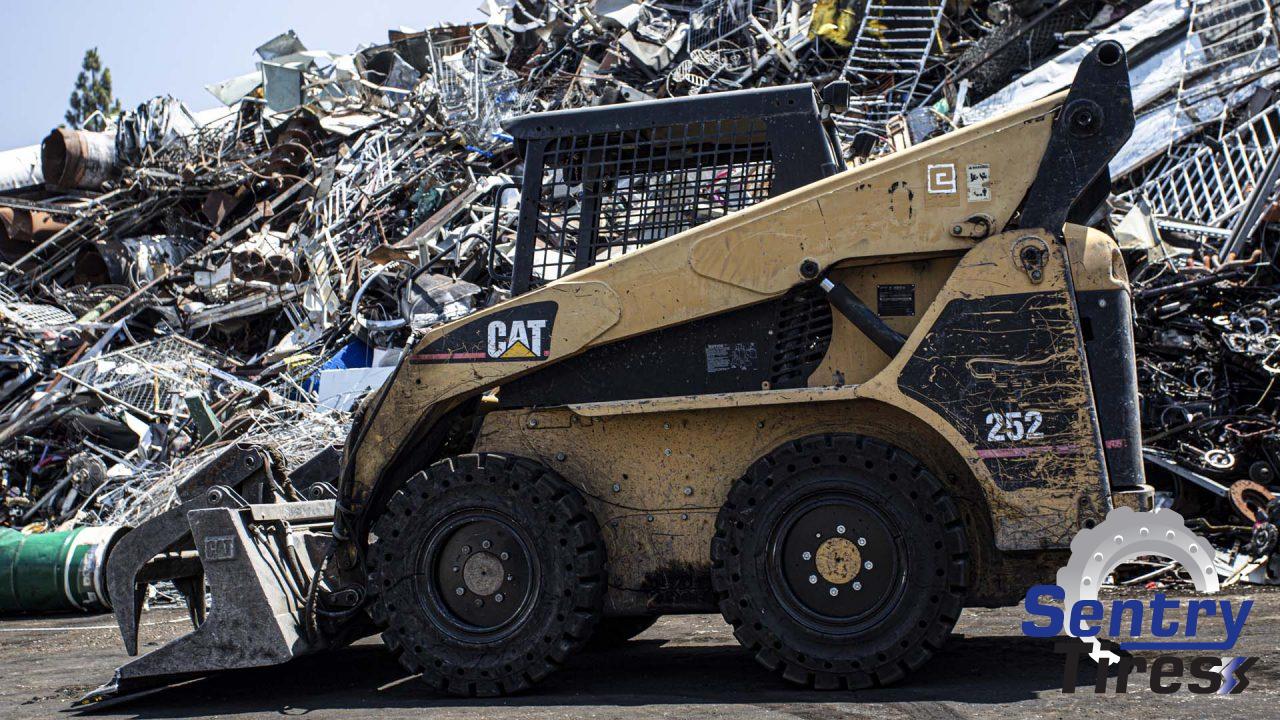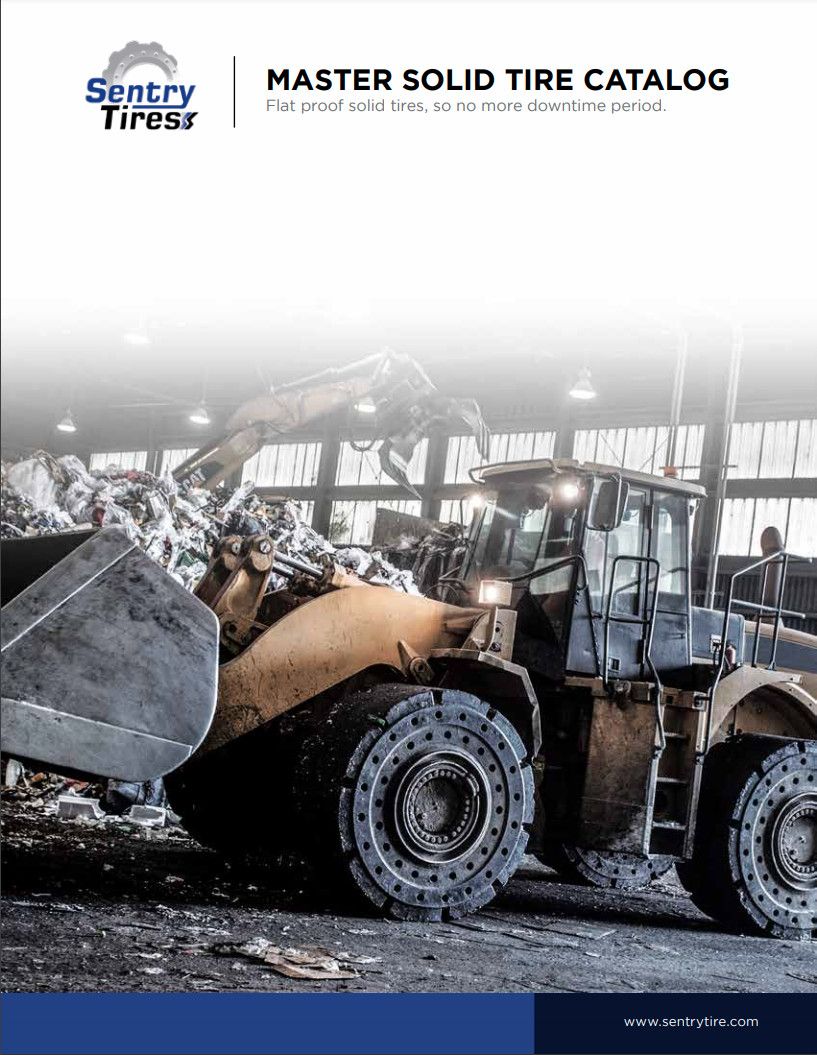
sentry tire
Cost-per-Hour Explained: A Smarter Metric for Fleet Tire Management
In modern fleet management, unit cost doesn’t tell the whole story. That’s where Cost-per-Hour (CPH) comes in.
CPH is a metric that calculates the total expense of running a tire over time, including purchase price, maintenance, downtime, and disposal.
Why it matters:
– Two tires with the same price may differ in longevity by 50%
– CPH reveals which tire actually delivers better ROI
– It helps justify premium tires in performance-driven environments
How to calculate it:
CPH = (Tire Cost + Maintenance Cost + Downtime Cost) ÷ Total Hours in Service
Real-world example:
– Tire A: $300, lasts 2,000 hours = $0.15/hr
– Tire B: $220, lasts 1,000 hours = $0.22/hr
Despite the higher upfront price, Tire A delivers better value. Lower CPH means less frequent replacements and lower labor interruption.

CPH also encourages better maintenance practices:
– Monitoring wear
– Scheduling rotations
– Using application-matched compounds
Regular maintenance doesn’t just protect the tires themselves—it protects the entire machine.
For example, waiting too long to replace worn tires can create stress on the drivetrain and undercarriage. Over time, this imbalance can impact the gearbox, which bears the brunt of uneven tire performance.
By replacing tires at the right interval, fleets reduce vibration, maintain proper load distribution, and prevent avoidable damage – Saving hundreds of thousands of dollars annually in gearbox and undercarriage repairs across multiple units.
This isn’t just a bonus, it’s another way CPH thinking drives real operational savings beyond the tires themselves.
Sentry Tire helps fleets model their tire lifecycle and identify the true long-term performers across solid and pneumatic lines.
Use CPH to improve budgeting, purchasing, and service planning.
Learn more at sentrytire.com or contact us.






